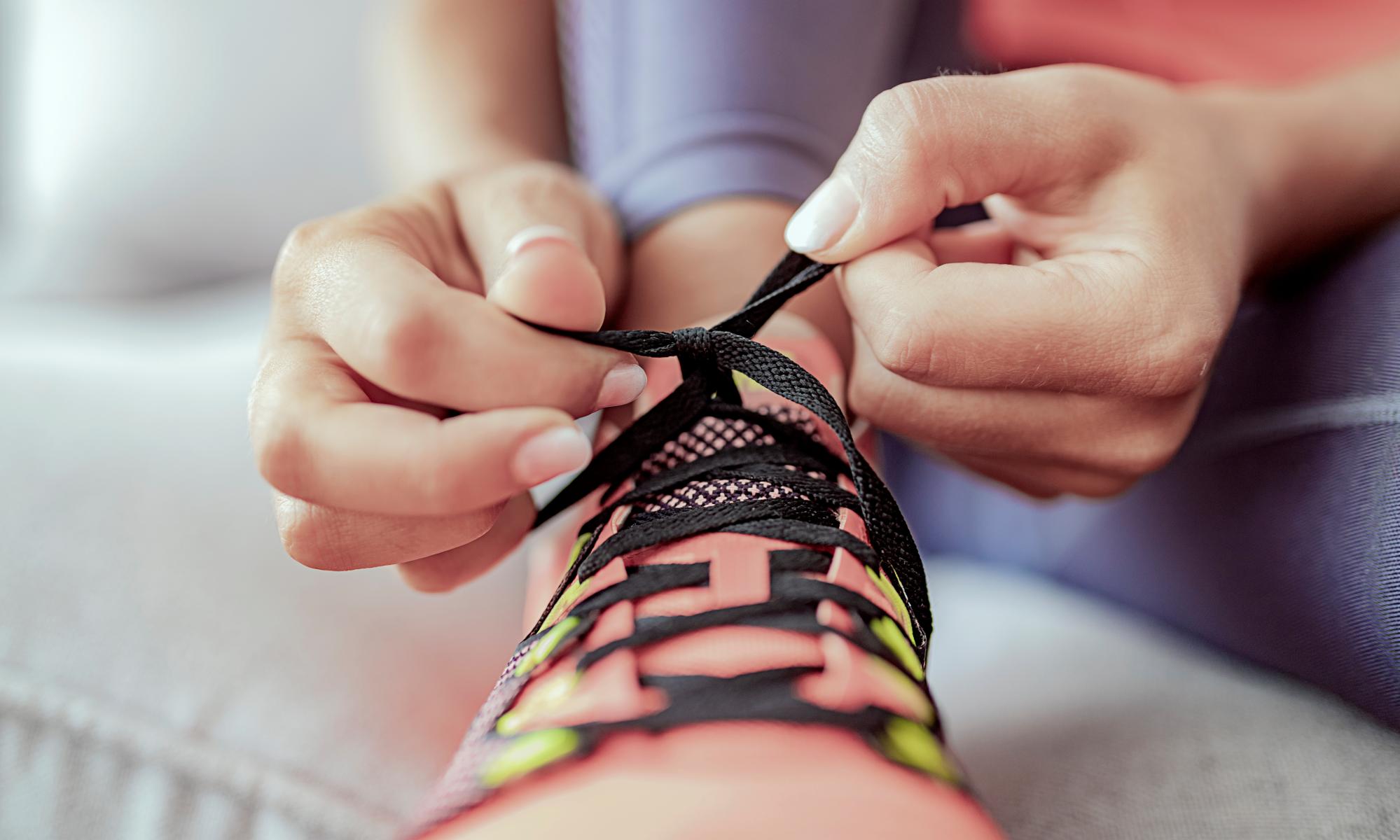
Women experience greater benefits than men from the same amount of regular exercise, research suggests when it comes to avoiding an early grave.
, men and women aged 19 to 64 should clock up at least 150 minutes of moderate exercise, or 75 of vigorous exercise a week, with muscle-strengthening activities at least twice a week.
.
Now research suggests men and women do not get the same gains from the same levels of physical activity.
People who cram week’s exercise into two days still reap heart benefits – study
“Our study doesn’t suggest that women should exercise less, but rather it encourages women who may not be getting enough exercise for various reasons, that even relatively small amounts of exercise can provide significant benefits,” said Dr Hongwei Ji, co-author of the study from the Affiliated Hospital of Qingdao University.
, Ji and colleagues report how they studied 412,413 participants without underlying health problems, recruited from 1997 to 2017. By the end of December 2019, 39,935 had died, of which 11,670 were cardiovascular deaths.
During the study participants took part in health surveys, which included questions on exercise.
The results reveal a greater proportion of men undertook regular physical activity and strengthening exercises than women.
However, while exercise was associated with a reduced risk of premature death for men and women – including from cardiovascular events – the benefits were greater for the latter.
Among other results the team found 140 minutes of moderate exercise a week reduced women’s risk of premature death from any cause by 18% compared with being inactive. By contrast, men needed 300 minutes of such exercise a week for a similar gain.
The reduction in risk increased with time spent exercising for men and women, until about 300 minutes of moderate activity a week – when it plateaued. At this level, women had a 24% lower risk of premature death from any cause compared with being inactive.
“The 300-minute threshold is where we observed the greatest benefits, but statistically significant sex differences emerge with even smaller doses,” said Ji.
However, the team caution the study is based on self-reported exercise, and did not include physical activity associated with household activities.
Prof Emmanuel Stamatakis, of the University of Sydney, who was not involved in the work, said the research was well conducted.
“Although women seem to do less leisure-time exercise, their mortality risk is more steeply reduced for any given weekly amount or frequency of exercise,” he said. “This is not very surprising, considering that such analyses cannot take into account that physical effort women make for a given physical task is higher than in men.”
Stamatakis added it was likely women’s exercise sessions reflected higher relative loads than for men, while various properties of skeletal muscle differed between men and women, potentially explaining the different responses to the same absolute doses of exercise.
Dr Susan Cheng, co-author of the research from the Smidt Heart Institute at Cedars-Sinai, said the study showed when it comes to living longer and healthierdifferent types of investments were linked to different types of gains for men and women.
“We hope that perhaps just understanding this one concept can help some women who may feel too busy or too intimidated to take on a new exercise routine and know they do not need to compare how much or how hard they are working to men or to anyone else for that matter,” she said. “They can be on their own path to success and every bit of progress will count.”


Post a Comment
0Comments